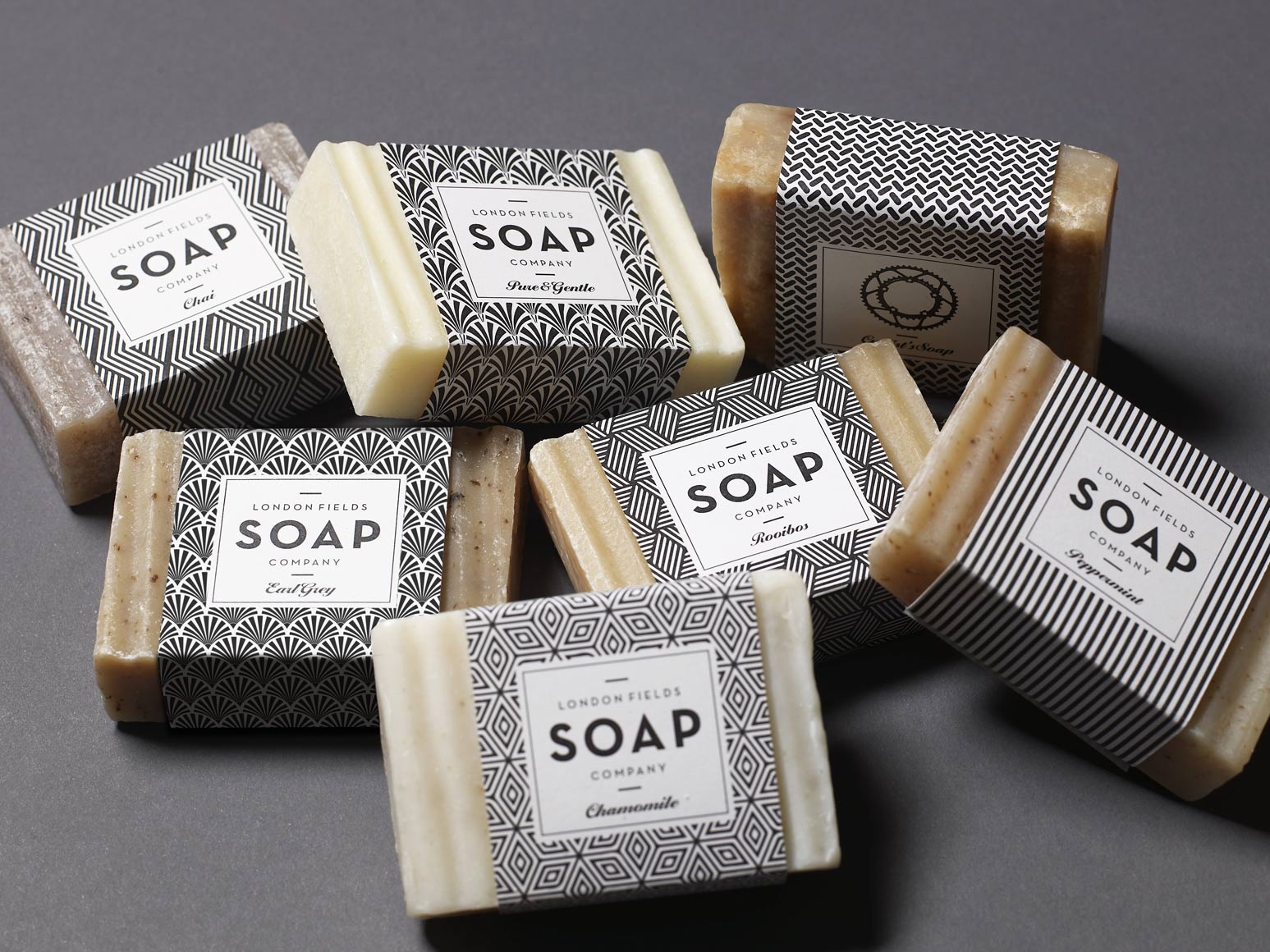Creating a robust product portfolio is crucial to establishing a successful soap business. It involves making strategic decisions that align with your target market, brand identity, and operational capabilities. In this blog post, we will explore four key decisions that can shape your soap business’s product portfolio.
Selling High-Quality Organic Soap vs. Cheaper-Formula Detergent
The first decision revolves around the quality and formulation of your soap products. You must choose between selling high-quality organic soap or a cheaper-formula, technically detergent product. Opting for high-quality organic soap positions your brand as a natural, sustainable, and skin-friendly product provider. This choice appeals to consumers who prioritize health, environmental consciousness, and premium ingredients. You can command higher prices, build customer loyalty, and differentiate yourself from competitors by emphasizing quality.
Conversely, offering a cheaper-formula detergent soap caters to price-sensitive customers who prioritize affordability over natural ingredients. While this choice may attract a wider customer base, it may result in lower profit margins and challenges in establishing a unique brand identity. Careful consideration of your target market and brand positioning will help determine which approach aligns best with your business goals.
Sourcing Wholesale Natural Soap vs. In-House Production
The next decision involves the sourcing of your soap products. You can choose to source high-quality wholesale natural soap produced via the cold-process method from a factory, or you can produce the soap in-house using the melt-and-pour process. Sourcing from a reputable factory offers several advantages, such as immediate access to professionally crafted soap that meets quality standards. This option minimizes the need for equipment, facilities, and expertise investment, allowing you to focus on other aspects of your business.
On the other hand, producing the soap in-house via the melt-and-pour process offers creative freedom and control over the formulation and customization of your products. This approach enables you to experiment with unique ingredients, scents, and designs, allowing for more differentiation in the market. However, it requires a significant investment in equipment, raw materials, and expertise. Consider your resources, production capabilities, and desired level of creative control when making this decision.
Narrow Portfolio vs. Wide Range of Scents
Determining the range of scents in your soap portfolio is another critical decision. You can choose to offer a narrow selection of scents, focusing on optimizing logistics and operations, or provide a wide variety to cater to different customer tastes. A narrow portfolio streamlines production, inventory management, and supply chain logistics. You can ensure consistent quality, efficient production, and targeted marketing efforts by focusing on a few signature scents. This approach is particularly suitable for smaller businesses with limited resources.
In contrast, offering a wide portfolio of scents provides customers with diverse options, accommodating their varying preferences. This strategy appeals to customers seeking novelty and variety in their soap choices. However, it requires managing a larger inventory, production complexity, and potentially higher costs. Consider market research, customer preferences, and your operational capabilities to balance variety and efficiency.
Traditional vs. Modern Soap Products
The final decision involves choosing between traditional soap products like bars and liquid soap or incorporating modern alternatives such as shampoo bars and body wash. Traditional soap products have stood the test of time and are widely recognized and used. They offer a sense of familiarity and comfort to customers. By focusing on traditional products, you can tap into existing market demand and leverage established distribution channels. However, be prepared to differentiate your brand and products from competitors in this saturated market.
On the other hand, modern soap products like shampoo bars and body wash cater to consumers seeking innovative and eco-friendly alternatives. These products often come in sustainable packaging, reduce waste, and offer convenience for travelers. Introducing modern soap options can help your business stand out, attract a niche market segment, and align with evolving consumer preferences. Consider market trends, customer demographics, and the capacity to develop and market these modern alternatives.
Conclusion
Crafting a successful soap business product portfolio requires careful consideration of crucial decisions that shape your brand, target market, and operational capabilities. Whether you choose high-quality organic soap or a cheaper-formula detergent, source from a factory or produce in-house, offer a narrow or wide range of scents, or focus on traditional or modern soap products, each decision will influence your business’s positioning, profitability, and customer appeal. By understanding your target market, staying abreast of industry trends, and maintaining a cohesive brand identity, you can curate a compelling soap product portfolio that resonates with customers and drives the success of your business.





























